Eboshi hat
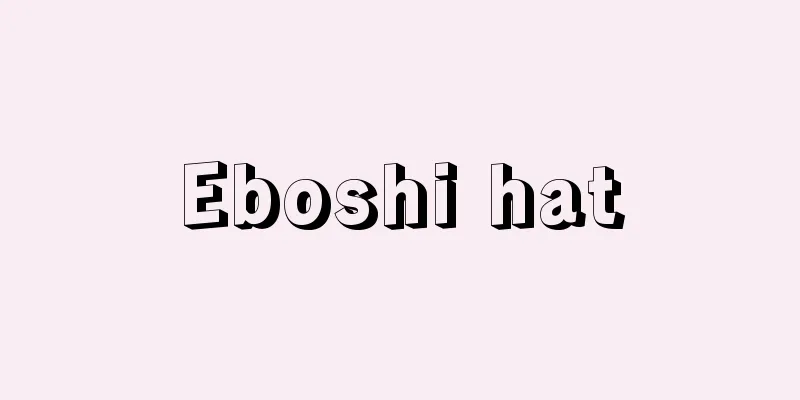
|
〘Noun〙① (A variation of "eboshi," meaning a black-lacquered hat) A type of headgear worn by boys who had come of age. In contrast to the crown that came with the court uniforms under the Ritsuryo system, it was considered an essential headgear for the daily life of adult men, regardless of rank. It was made softly from woven cloth , but aristocrats would wear it with a thin layer of lacquer to accentuate its dignity, hence it was called tate-eboshi, and also called kazaori (wind-broken) because the top would break in the wind when going out. As strong costumes became popular from the end of the Heian period, it became thickly painted and became a formality, and depending on the paint used, it was classified as hen-nuri , sawashi-nuri, or kirameki-nuri. The common people wore the traditional soft style, called "momi eboshi" or "nashiuchi eboshi," while samurai wore the finely folded samurai eboshi. From the end of the Kamakura period, it became more formal, and many were made of paper, and it became common to use a hard lacquer coating with wrinkles, making it difficult to use in everyday life. It generally fell out of use from the end of the Muromachi period, except for ceremonial occasions. *Heike (before the 13th century ) 1 "The pattern of the folds of the garment began with the pattern of the eboshi." ② The name of the crest. There are various types of eboshi-shaped hats, such as the chief priest 's eboshi, samurai eboshi, and standing eboshi. ③ An abbreviation of "eboshi-na (eboshi name)." *Joruri Goban Taiheiki (1710) "Rikiya is the eboshi worn by the lord." ④ An abbreviation of "eboshi-uo (eboshi fish)." ※Miscellaneous haiku, Yanagi Taru-go-ichi (1811) “Ebisu” means “Eboshi” on the ears, “Eboshi” on the cuffs, “A kimono” on the body. ⑤ Another name for the god Ebisu (Ebisu) (because he wears a black hat). ※Miscellaneous haiku, Yanagi Taru-go-ichi (1812) “Ebisu” means “Ebisu” (Ebisu) [Etymology] (1) In the Edo and Meiji periods, there was a debate about whether the first character of a word should be written in kana as “e” or “e”, but now it is written as “e”. (2) There are many examples of the form "e(we)boshi" in Japanese works from the Middle Ages, but the form "e(we)boshi" can be seen in manuscripts from the Kamakura period, and gradually the form "e(we)boshi" became more common thereafter, and the "Nippo Jisho" also has it as " Yeboxi." (3) It is also called "yuboshi" or "yoboshi" and is said to be a word derived from "saiboshi" (a sacred hat). Originally it was a sacred object related to festivals, and by wearing it a man was qualified to appear in special places as a full-fledged man. E-boshi [black hat]Source: The Selected Edition of the Japanese Language Dictionary About the Selected Edition of the Japanese Language Dictionary Information |
|
〘名〙① (「えぼうし」の変化した語。烏塗(くろぬり)の帽子の意) 元服した男子の用いたかぶりものの一種。令制の朝服付属の冠に対し、貴賤の別なく、成人の男子の日常不可欠のかぶりものとされた。布帛(ふはく)で柔らかに仕立てられたが、貴族は威儀をととのえるために、薄く漆を塗って引き立てて用いたところから、立烏帽子といい、外出して風で頂辺が折れたことから風折(かざおり)ともいった。平安末期から強装束(こわそうぞく)の流行につれ、厚塗りとなって形式化し、塗りによって縁塗(へんぬり)、さわし塗、きらめき塗などの別を生じた。大衆は従来の柔らかな仕立てで揉(もみ)烏帽子、梨子打(なしうち)烏帽子などとよんで用い、武士は細かく折った侍(さむらい)烏帽子を常用した。鎌倉末期からいっそう形式化し、紙製が多くなり、皺(しぼ)を設けた漆の固塗が普通となったため、日常の実用は困難となった。一般に儀礼の時のほかは室町末期から用いなくなった。※平家(13C前)一「衣文のかきやう、烏帽子のためやうよりはじめて」② 紋所の名。烏帽子の形をしたもので宮司(ぐうじ)烏帽子、侍烏帽子、立烏帽子など、種々ある。③ 「えぼしな(烏帽子名)」の略。※浄瑠璃・碁盤太平記(1710)「力彌とは、殿様のおきせなされしゑぼしぞや」④ 「えぼしうお(烏帽子魚)」の略。※雑俳・柳多留‐五二(1811)「耳に沓口にはゑぼし身に袷」⑤ (烏帽子をかぶっているところから) えびす神の異称。※雑俳・柳多留‐六一(1812)「頭巾をば六度ゑぼしは二度祭」[語誌](1)江戸時代や明治時代には語頭字の仮名遣いについて「え」か「ゑ」かという論争があったが、現在は「え」としている。 (2)中古の和文作品には「え(ゑ)ぼうし」という形の例が多いが、鎌倉時代の写本には「え(ゑ)ぼし」の形が見られ、その後次第に「え(ゑ)ぼし」の形が多くなり、「日葡辞書」にも「Yeboxi(エボシ)」とある。 (3)「ゆぼし」「よぼし」ともいい、「斎帽子」から出た語といわれる。元来は祭事に関係ある神聖なもので、これによって一人前の男子として晴れの場所に出られる資格を得た。 え‐ぼうし【烏帽子】出典 精選版 日本国語大辞典精選版 日本国語大辞典について 情報 |
<<: Eboshi parent - Eboshi parent
Recommend
Kakumei (Practitioner)
… [Ueno Fukuo] [faith] Kiso Ontake was originally...
Mathematical symbols
Symbols used to express mathematical expressions....
Ise tea - Isecha
A regional brand of Mie prefecture, Tokai region. ...
Sashimono - joinery
A small flag with a pole attached to the body in ...
Yamatogaku
The name of a genre of Japanese music. This is a ...
Kushima - Kushima
...Rice from the Irrawaddy Delta in the hinterlan...
Ukyo
[1] (Noun ) (meaning the part of a capital city to...
National Tax Offense Control Act
Law No. 67 of 1900. This law stipulates the necess...
Acylglycerol
Acylated glycerols include monoacylglycerols (mono...
School for the Blind - Mougakko
A school that aims to provide education equivalent...
Kumage [town] - Kumage
A former town in Kumage County in the southeastern...
Impulse - Trieb (English spelling) German
A term used in psychoanalysis. It refers to the m...
Infective endocarditis
Definition: Infective endocarditis is a systemic s...
Stock - Kabushiki (English spelling) share
This refers to the legal status (shareholder righ...
Ulva pertusa
[ Ulva pertusa ]. A green alga in the genus Ulva, ...

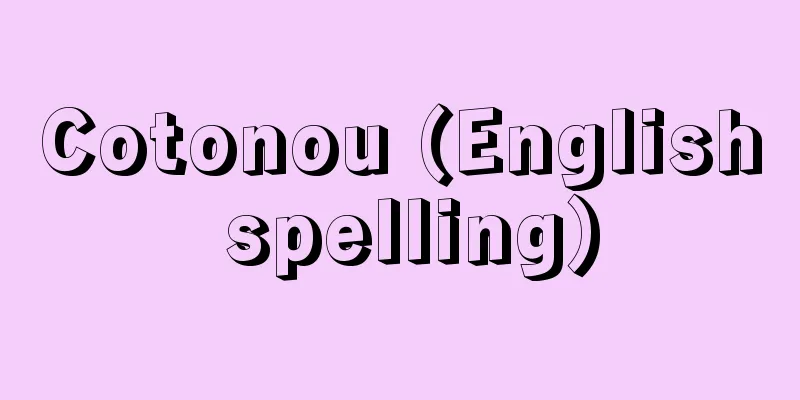



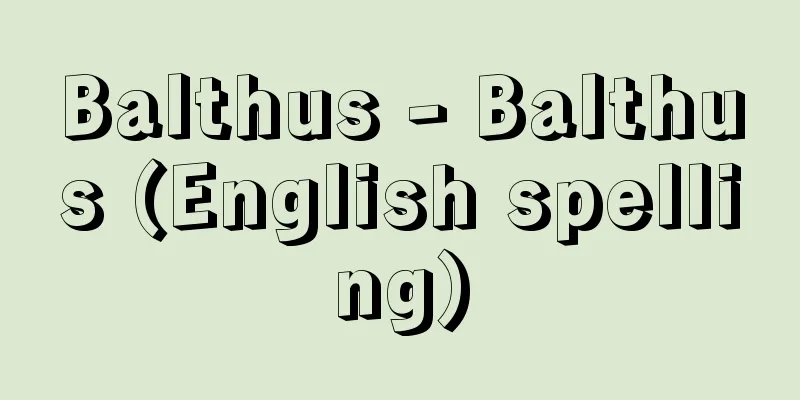
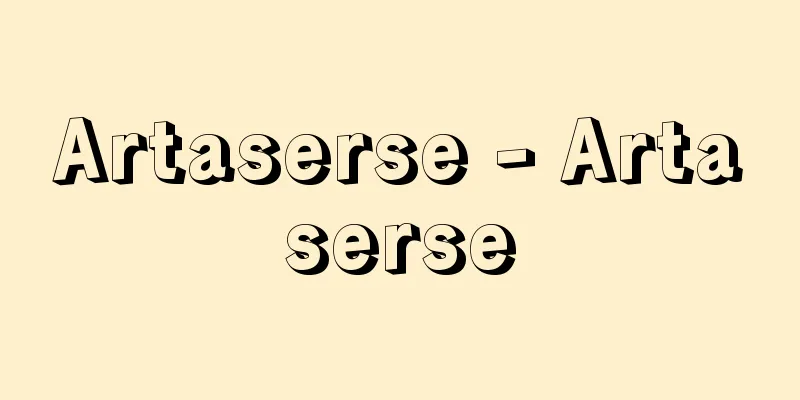
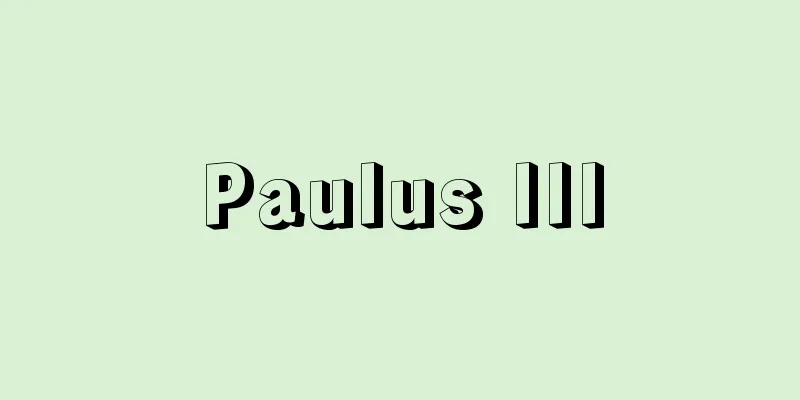
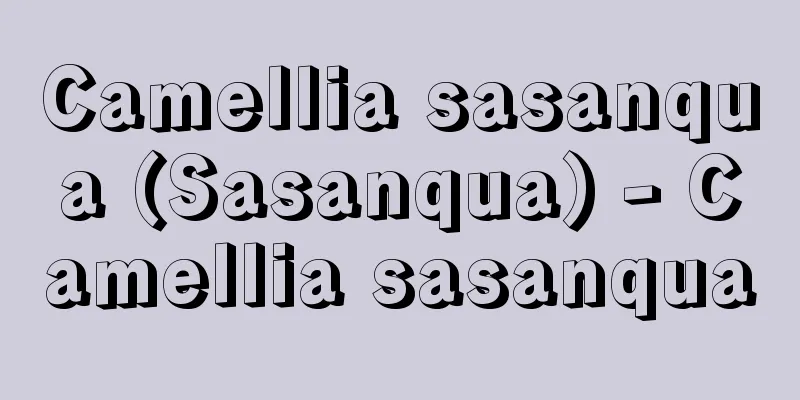
![Hermit - inshuushi (English spelling) eremita [Latin]](/upload/images/67caf6301ad3d.webp)